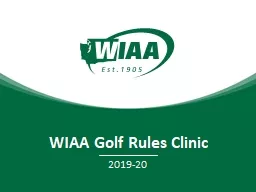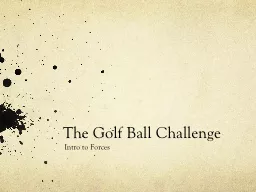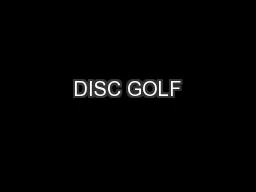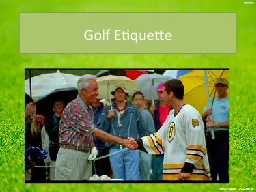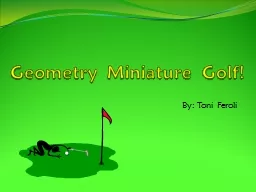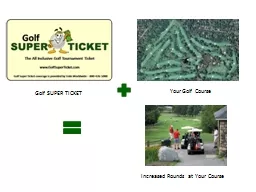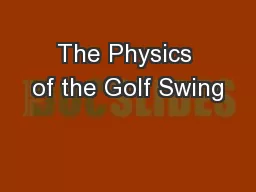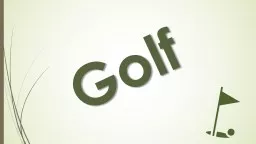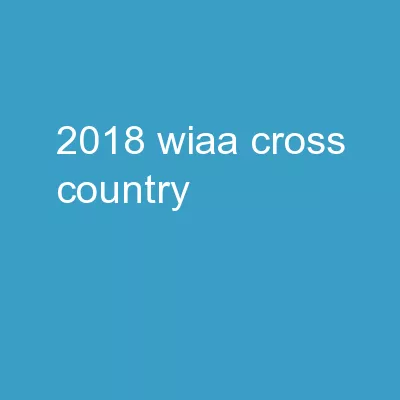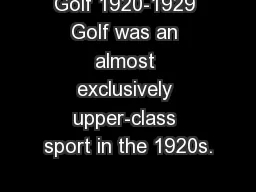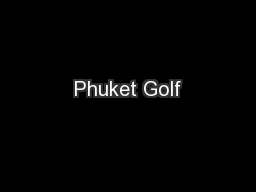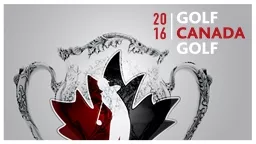PPT-WIAA Golf Rules Clinic Golf Rules Clinic
Author : conchita-marotz | Published Date : 2020-04-06
The 201920 Golf Rules Clinic is comprised of two 2 sections Points of Emphasis Regular and Post Season Regulations amp Reminders At the end of the clinic you will
Presentation Embed Code
Download Presentation
Download Presentation The PPT/PDF document " WIAA Golf Rules Clinic Golf Rules Clini..." is the property of its rightful owner. Permission is granted to download and print the materials on this website for personal, non-commercial use only, and to display it on your personal computer provided you do not modify the materials and that you retain all copyright notices contained in the materials. By downloading content from our website, you accept the terms of this agreement.
WIAA Golf Rules Clinic Golf Rules Clinic: Transcript
Download Rules Of Document
" WIAA Golf Rules Clinic Golf Rules Clinic"The content belongs to its owner. You may download and print it for personal use, without modification, and keep all copyright notices. By downloading, you agree to these terms.
Related Documents

